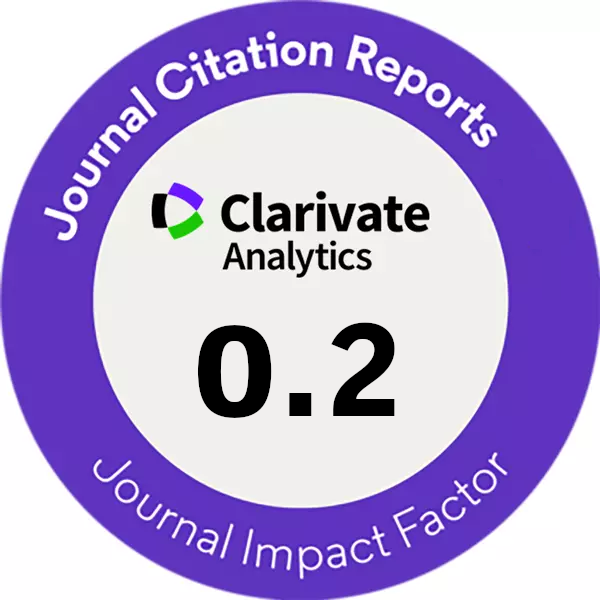FINITE ELEMENT SIMULATION ANALYSIS OF CURVILINEAR CONTINUOUS BEAM BRIDGE JACKING AND TRANSLATION CONSTRUCTION
DOI:
https://doi.org/10.14311/CEJ.2024.01.0008Keywords:
Continuous beam bridge, Jacking simulation, Translation simulation, Misalignment, Simulation analysisAbstract
This paper investigates the issue of beam misalignment in curved continuous beam bridges. Taking the D0 to D6 spans of the Gongbin Road viaduct as the basis, the main influencing factors causing misalignment in curved beam bridges are analyzed and the causes of transverse and longitudinal misalignment in curved beam bridges are calculated and analyzed using Midas/Civil finite element simulation software. The results indicate that the main influencing factor causing misalignment in the operation of curved continuous beam bridges is the system temperature, with the displacement caused by it being larger than the cumulative displacement caused by self-weight, construction phase, gradient load, vehicle load, and bearing settlement. During operation, the failure of expansion joints changes the boundary conditions of the beam, preventing the bridge from freely expanding and contracting longitudinally under temperature load. As a result, the transverse displacement increases to 2-3 times the normal working state of the expansion joint, leading to beam misalignment.
Downloads
References
Zhai, Zhihao, Chengbiao Cai, and Shengyang Zhu. Implementation of Timoshenko curved beam into train-track-bridge dynamics modelling[J]. International Journal of Mechanical Sciences, 2023, 247: 108158.
Linzell, D. G., and J. F. Shura. Erection behavior and grillage model accuracy for a large radius curved bridge[J]. Journal of Constructional Steel Research, 2010, 66(3): 342-350.
Li, Ming, and Jingqiao Hu. Analysis of heterogeneous structures of non-separated scales using curved bridge nodes[J]. Computer Methods in Applied Mechanics and Engineering, 2022, 392: 114582.
Tondini, Nicola, and Bozidar Stojadinovic. Probabilistic seismic demand model for curved reinforced concrete bridges[J]. Bulletin of earthquake engineering, 2012, 10: 1455-1479.
Dimitrakopoulos, Elias G., and Qing Zeng. three-dimensional dynamic analysis scheme for the interaction between trains and curved railway bridges[J]. Computers & Structures, 2015, 149: 43-60.
Wang, Jianwei, et al. Application of High-Viscosity Modified Asphalt Mixture in Curved Bridge Pavement[J]. Sustainability, 2023, 15(4): 3411.
Seo, Junwon, and Daniel G. Linzell. Use of response surface metamodels to generate system level fragilities for existing curved steel bridges[J]. Engineering Structures, 2013, 52: 642-653.
Kim, Woo Seok, Jeffrey A. Laman, and Daniel G. Linzell. Live load radial moment distribution for horizontally curved bridges[J]. Journal of Bridge Engineering, 2007, 12(6): 727-736.
Zeng, Qing, Y. B. Yang, and Elias G. Dimitrakopoulos. Dynamic response of high speed vehicles and sustaining curved bridges under conditions of resonance[J]. Engineering Structures, 2016, 114: 61-74.
Monzon, Eric V., Ian G. Buckle, and Ahmad M. Itani. Seismic performance and response of seismically isolated curved steel I-girder bridge[J]. Journal of Structural Engineering, 2016, 142 (12): 04016121.
DeSantiago, Eduardo, Jamshid Mohammadi, and Hamadallah MO Albaijat. Analysis of horizontally curved bridges using simple finite-element models[J]. Practice Periodical on Structural Design and Construction, 2005, 10(1): 18-21.
Ni, Yongjun, et al. Influence of earthquake input angle on seismic response of curved girder bridge[J]. Journal of traffic and transportation engineering (English edition), 2015, 2(4): 233-241.
Wen, Q., et al. Control of human-induced vibrations of a curved cable-stayed bridge: Design, implementation, and field validation[J]. Journal of Bridge Engineering, 2016, 21(7): 04016028.
Nevling, D., Daniel Linzell, and J. Laman. Examination of level of analysis accuracy for curved I-girder bridges through comparisons to field data[J]. Journal of Bridge Engineering, 2016, 11(2): 160-168.
Zhang, Lixin, and Yin Gu. Seismic analysis of a curved bridge considering soil-structure interactions based on a separated foundation model[J]. Applied Sciences, 2020,10(12) :4260.
Downloads
Published
Issue
Section
License
Copyright (c) 2024 Author

This work is licensed under a Creative Commons Attribution-NonCommercial 4.0 International License.
Authors who publish with this journal agree to the following terms:
- Authors retain copyright and grant the journal right of first publication with the work simultaneously licensed under a Creative Commons Attribution License that allows others to share the work with an acknowledgement of the work's authorship and initial publication in this journal.
- Authors are able to enter into separate, additional contractual arrangements for the non-exclusive distribution of the journal's published version of the work (e.g., post it to an institutional repository or publish it in a book), with an acknowledgement of its initial publication in this journal.
- Authors are permitted and encouraged to post their work online (e.g., in institutional repositories or on their website) prior to and during the submission process, as it can lead to productive exchanges, as well as earlier and greater citation of published work (See The Effect of Open Access).
How to Cite
Accepted 2024-02-29
Published 2024-04-30










